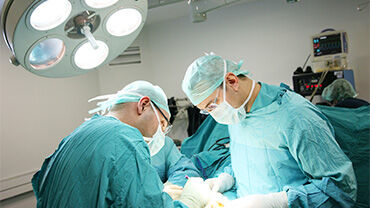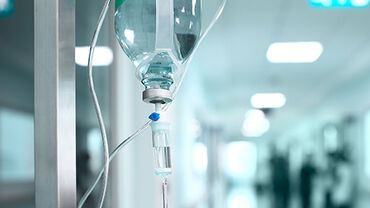Nearly 20 000 surgical site infections reported during 2018-2020
Between 2018 and 2020, nearly 20 000 surgical site infections (SSIs) were reported from a total of over 1.2 million surgical procedures in 13 EU/EEA countries participating in ECDC-coordinated SSI surveillance. Over 2 500 hospitals are part of this surveillance network.
SSIs are among the most common healthcare-associated infections acquired by patients during their stay in a hospital or other healthcare setting.
SSIs are associated with longer postoperative hospital stays, may necessitate additional surgical procedures, may require intensive care, and can result in higher morbidity and mortality.
The ECDC protocol for SSI surveillance includes nine types of surgical procedures: coronary artery bypass graft, open and laparoscopic cholecystectomy, open and laparoscopic colon surgery, caesarean section, hip prosthesis, knee prosthesis and laminectomy.
The percentage of SSIs varied depending on the type of surgical procedure, ranging from 0.6% for knee prosthesis surgery to 9.5% for open colon surgery. Nearly one third of all SSIs were diagnosed in hospitals, whereas half were detected after hospital discharge. For the remaining approximately 20% of the SSIs, the discharge date was unknown, and the place of SSI detection could not be established.
Overall, Enterococcus species (17.6%), Escherichia coli (17.2%) and Staphylococcus aureus (15.2%) were the most frequently reported microorganisms causing the SSIs.
The number of participating EU/EEA countries remained the same in 2018-2019 as in 2017, but both the number of reporting countries and the number of reported surgical procedures decreased in 2020. This is because the COVID-19 pandemic affected data collection for SSI surveillance, similar to other public health surveillance activities in all EU/EEA countries. In addition, the fact that not all EU/EEA countries participate in this surveillance system limits the extent to which the results can be considered representative of the overall situation in the EU/EEA.
Nevertheless, surveillance remains a key component in the prevention of healthcare-associated infections and a valuable tool for monitoring the effectiveness of prevention and control measures.
Continued and strengthened SSI surveillance can help healthcare providers monitor and improve their SSI prevention practices and identify areas where additional interventions may be needed to further reduce the incidence of SSIs. By implementing evidence-based infection prevention practices, healthcare providers can work towards improving patient outcomes and reducing the burden of SSIs on patients and healthcare systems.







